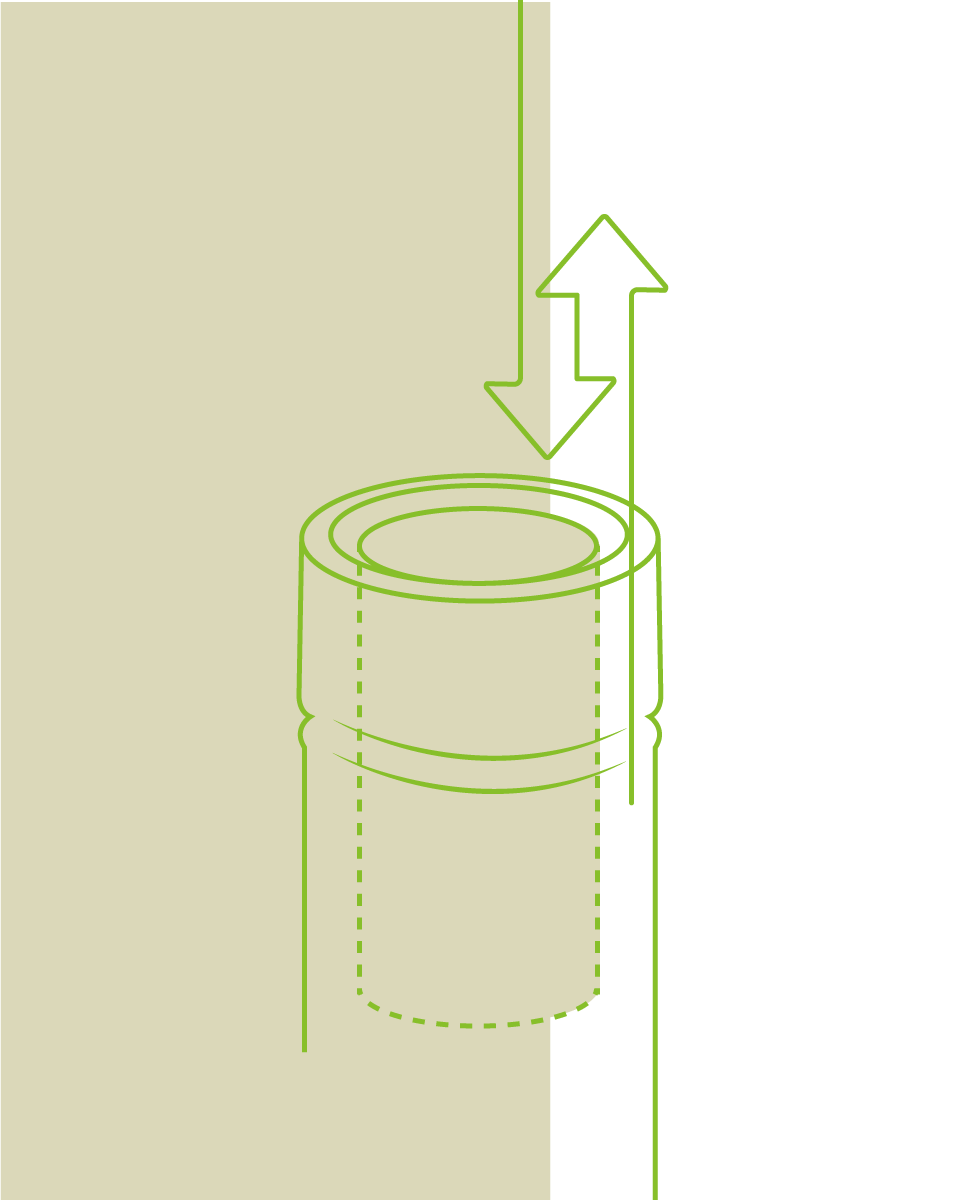Oxygen and Wine Ageing
Oxygen transferred through the stopper and the ageing of the Wine.
There are many factors that influence the ageing of a bottled wine, one of which is the oxygen transferred through the stopper.
The bottling process can result in considerable amounts of oxygen. During the storage of the bottle, the oxygen that is transferred through the stopper is relevant, but these amounts of oxygen are small when compared to those that come from pre-packaging and filling operations.
An initial release of oxygen (IRO) occurs when the stoppers are inserted into the bottlenecks due to the compression exerted to accommodate them in the bottleneck. A new phase begins some weeks later, where the oxygen is transferred from the outside to the inside of the bottle through the stopper. When comparing these two phases, we conclude that the oxygen release at the beginning is considerable when compared to that which is transferred through the stopper.
Below is a study aimed at estimating the IRO of natural cork stoppers and micro-agglomerated stoppers subjected to a desorption preparation phase (nitrogen purification).
Superior quality natural cork stoppers and micro-agglomerated stoppers, 49 mm long and 24 mm in diameter, ready for bottling, were used for this study.
We were able to show that the desorption procedure, used efficiently, removed the oxygen trapped in the cork stoppers. I Proven by the differences in the oxygen ingress pattern of the cork stoppers with and without this procedure, especially in a 21-day period.
The natural cork stoppers and micro-agglomerated stoppers that were subjected to the purification procedure released, respectively, 0.6 mg and 0.3 mg less oxygen.



